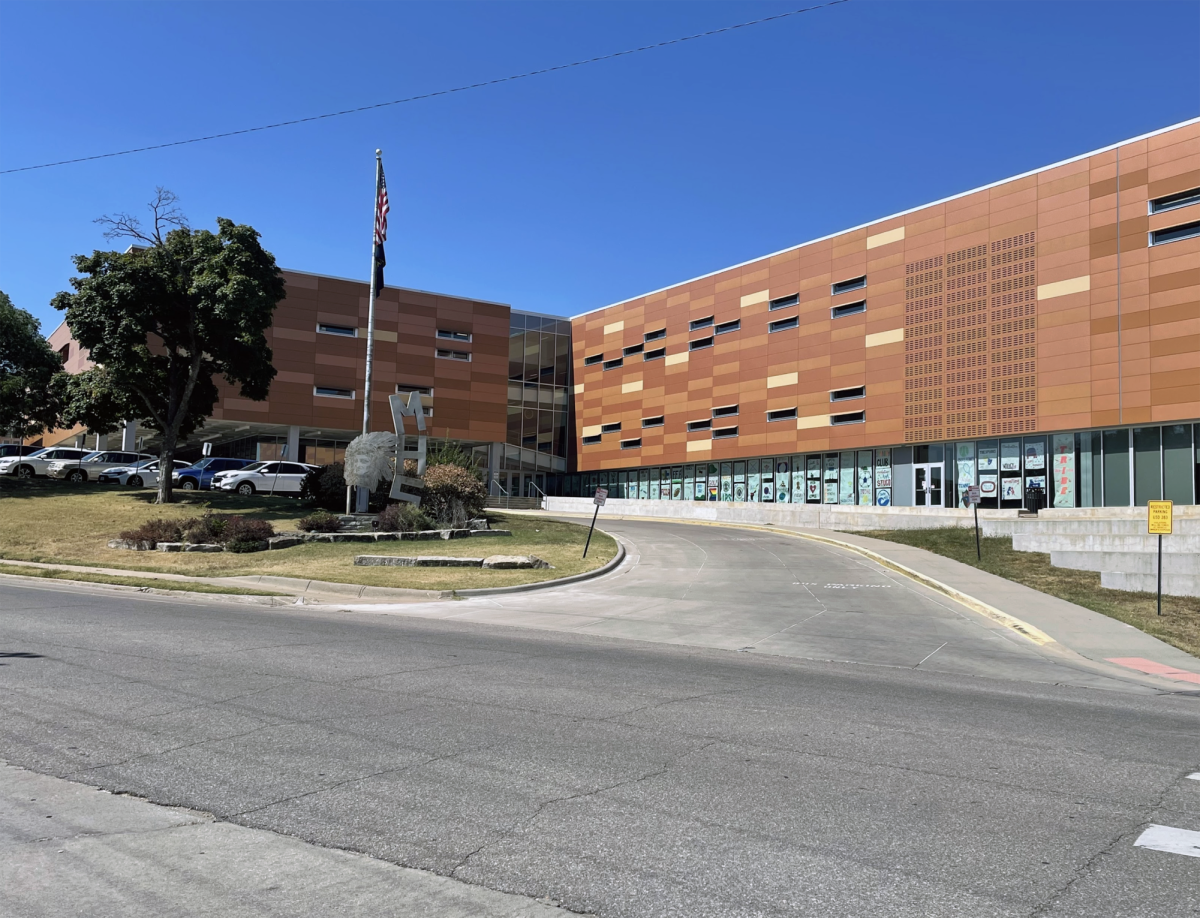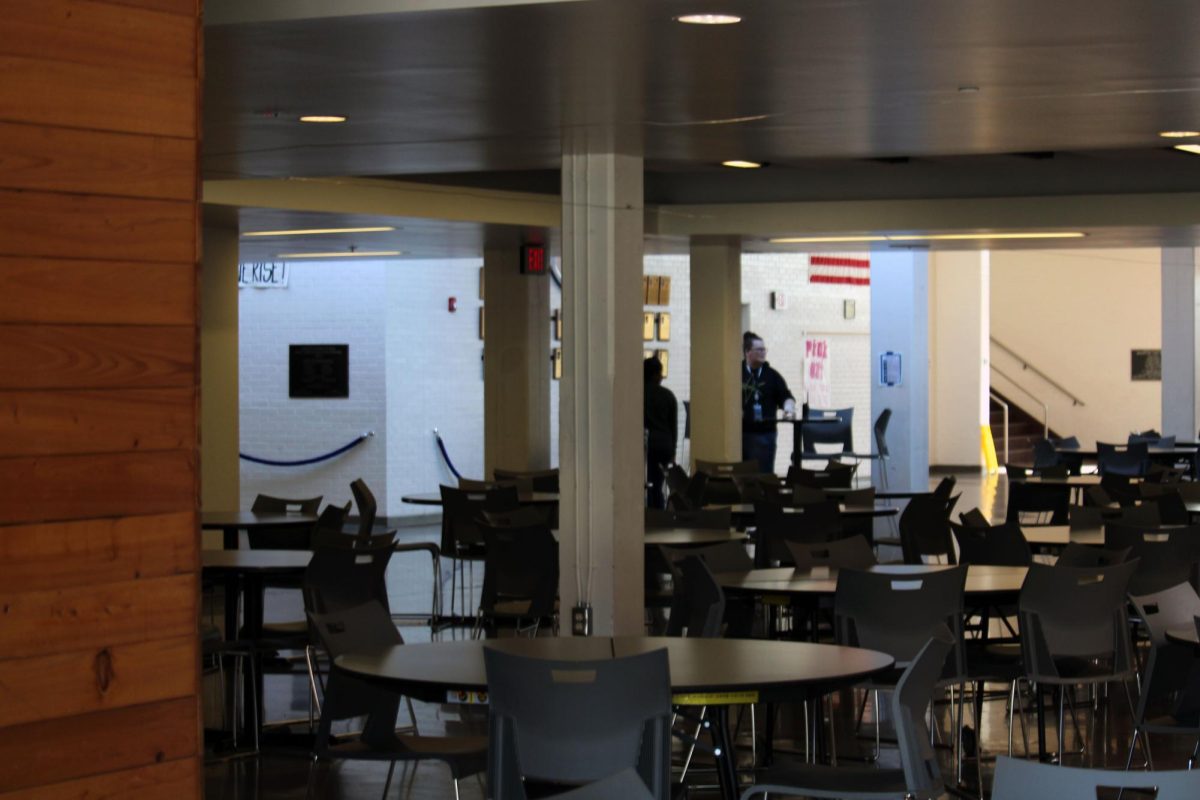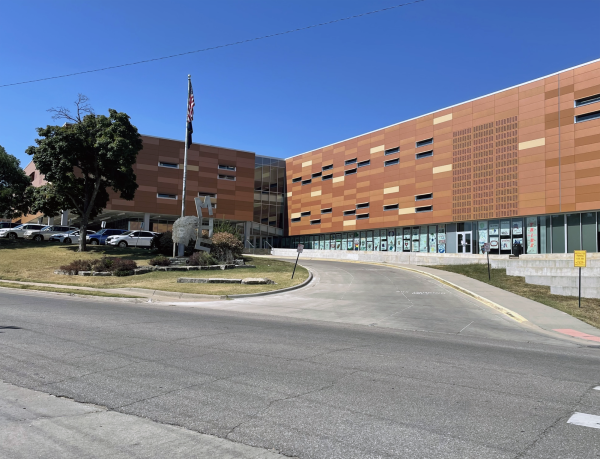Recaps of recent world tragedies
November 23, 2015
JAPAN:
Sources: bbc.com | cnn.com | usatoday.com | ibtimes.com | huffingtonpost.com
On Nov. 13, a magnitude 7.0 (according to the Japanese Meteorological Agency; 6.5 according to the U.S. Geological Survey) earthquake stuck off Japan’s Ryuku Islands. Though The Japan Meteorological Agency declared a 30 cm tsunami was registered, there were no immediate reports of damage or injuries and the tsunami warning issued for Kagaoshima and Satsunan islands were lifted. However, in March of 2011, a magnitude 9.0 earthquake triggered a 30-foot tsunami followed by more than 50 aftershocks. The U.S. Geological Survey said the quake was the largest ever recorded in Japan and the fourth-largest ever recorded in the world. It led to fires such as the one in Miyagi where a town of 70,000 burned to the ground and that left material damage estimated at about 25 trillion yen ($300 billion) and more than 15,500 people dead and 2,500 missing.
MEXICO:
Sources: abc7.com | theguardian.com | usatoday.com | bbc.com | cnn.com | weather.com
Friday morning, a magnitude 4.3 earthquake struck Baja California, Mexico. There were no immediate reports of damage or injuries.
Category 5 storm Hurricane Patricia hit Mexico’s Pacific coast Oct. 23 and became the strongest storm ever recorded that Friday morning. Experts warned it could trigger 40-foot waves flash flooding and it brought sea surges, cyclonic winds peaking at 200 mph and landslides caused by heavy rain.
The warning zones of Puerto Vallarta and Manzanillo with populations of over 250,000 and 150,000, respectively, were told to prepare for the worst and warnings compared the possible impact to Typhoon Haiyan in 2013, which killed more than 6,000 people in the Philippines. The U.S. National Hurricane Center had warned the storm could be “potentially catastrophic.” However, about five hours after landfall, President Enrique Pena Nieto told the nation that reports “confirm that the damages have been smaller than those corresponding to a hurricane of this magnitude.” During a radio interview, according to USA Today, Nieto said Patricia “had surpassed the constraints of the Saffir-Simpson hurricane scale.” While according to Mexico’s National Disaster Fund, some 400,000 people live in vulnerable areas, tens of thousands of people were evacuated along the coast before the hurricane hit and and a state of emergency was declared in three states. In the end, Patricia’s path changed and hit a relatively unpopulated part of the coast. The strongest hurricane on record did not have a direct effect on a single death.














